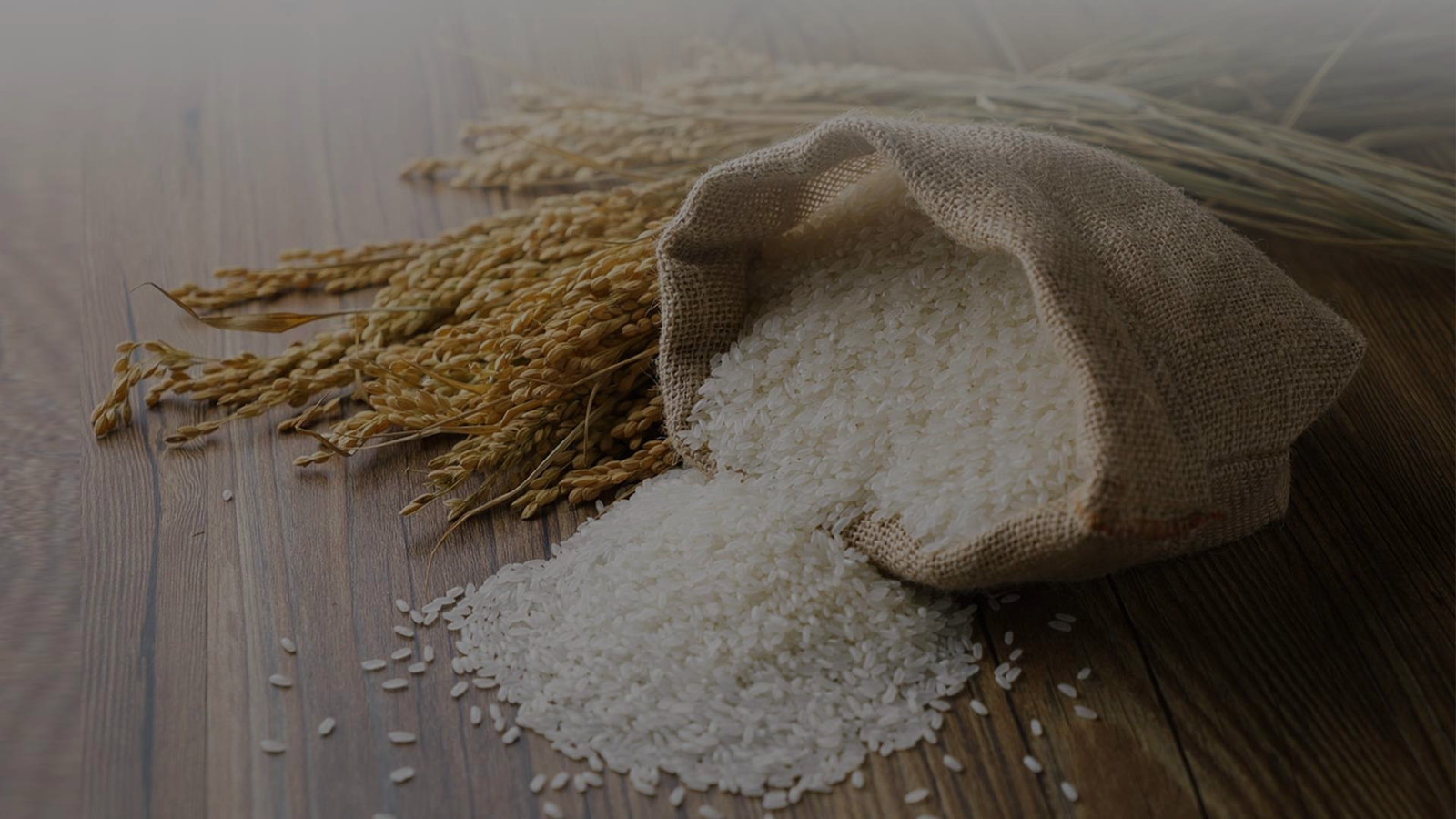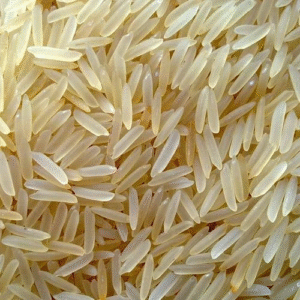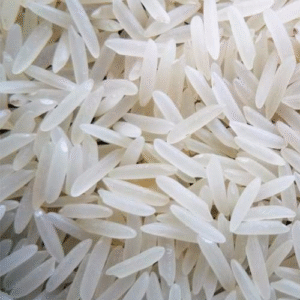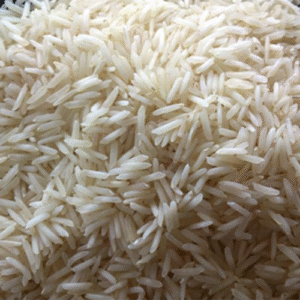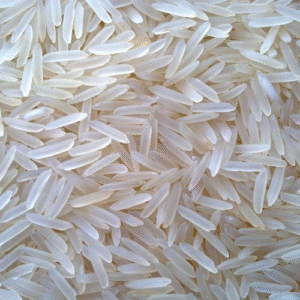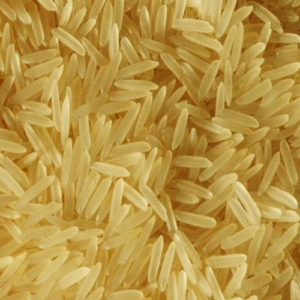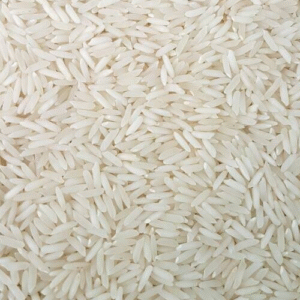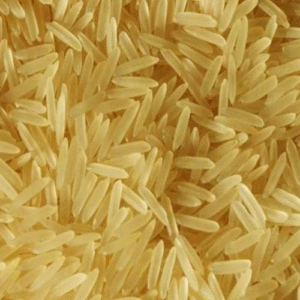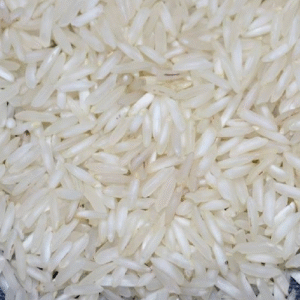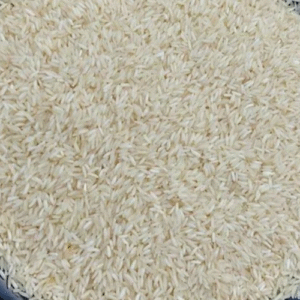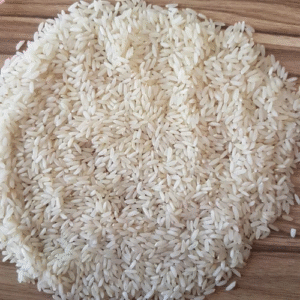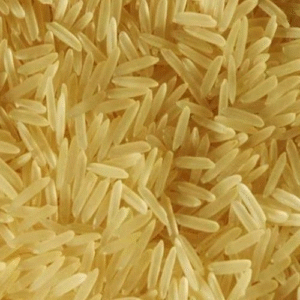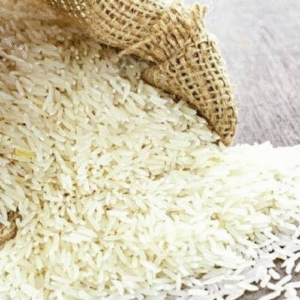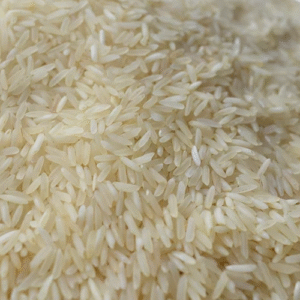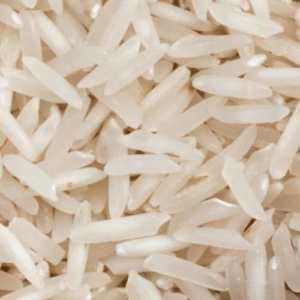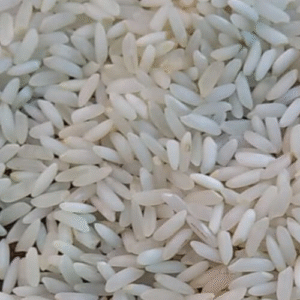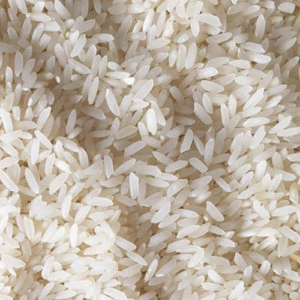India is one of the largest producers and exporters of rice in the world, offering a diverse range of non-basmati rice varieties that cater to different culinary needs and regional preferences. Unlike aromatic basmati rice, non-basmati rice includes numerous local and hybrid varieties that are equally important in Indian cuisine and global markets.
Popular Varieties of Indian Non-Basmati Rice
Sona Masoori – A medium-grain rice primarily grown in South India, known for its light texture and quick cooking properties. It is a staple in households across Karnataka, Andhra Pradesh, and Telangana, perfect for daily meals like steamed rice, curd rice, and lemon rice.
Ponni Rice – Another South Indian favorite, Ponni rice has a slightly sticky texture, making it ideal for dishes like idli, dosa, and biryani in Tamil Nadu and Kerala.
Swarna Rice – A short to medium-grain rice widely consumed in Eastern and Southern India. It has a good nutritional profile and is commonly used in everyday cooking.
Jeera Rice (Samba Rice) – A short-grain aromatic rice from Tamil Nadu, often used in traditional dishes like pongal and biryani due to its distinct flavor.
Red Rice & Brown Rice – Healthier alternatives rich in fiber and nutrients, consumed mainly in Kerala and Karnataka for their nutritional benefits.
Broken Rice (Kerala Matta, Ukda Chawal) – Used in dishes like kanji (porridge) and snacks, popular in rural and tribal regions.
Uses of Non-Basmati Rice
Non-basmati rice is widely used in:
Daily meals (steamed rice, khichdi, curd rice)
Traditional dishes (idli, dosa, pongal, biryani in South India)
Processed foods (rice flour, snacks, packaged foods)
Exports (India exports non-basmati rice to Africa, Southeast Asia, and the Middle East)
Why Choose Non-Basmati Rice?
Affordable compared to basmati rice
Versatile for different regional cuisines
Nutritious – some varieties are rich in fiber and minerals
Widely available across India
Indian non-basmati rice plays a crucial role in feeding millions of people daily and contributes significantly to India’s agricultural economy. From everyday meals to festive dishes, these rice varieties are an essential part of India’s food culture.

